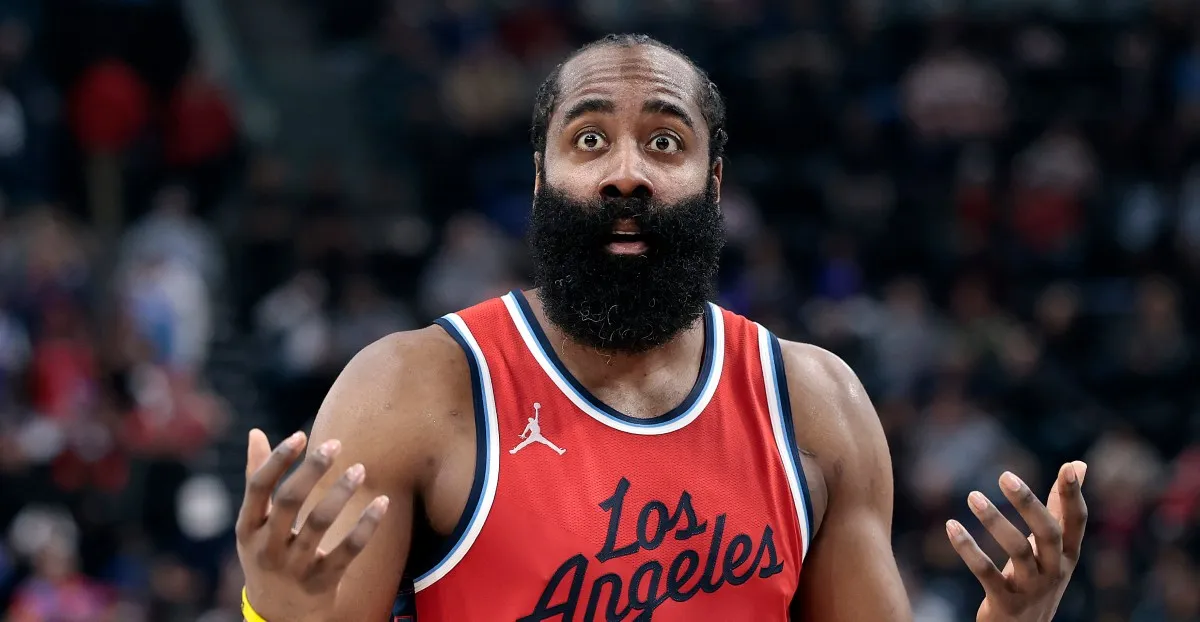
The highly anticipated NBA schedule for the 2025-26 season has been officially released, revealing that every team will play a total of 82 games. This includes 3-4 matchups against opponents from their own conference and two games against teams from the opposite conference. Although this may sound routine, as it is standard practice in the NBA, the true excitement lies in the details that impact each team's journey throughout the season.
Fans eagerly await the announcement to discover their team's number of national TV games, how many back-to-back matchups they face, and the timing of long road trips. The league strategically leaked parts of the schedule, creating buzz among fans. Now, with the complete 80-game slate available for every team (with two additional games to be announced following the NBA Cup results), the stage is set for a thrilling NBA season.
The NBA has witnessed an incredible trend over the last seven years, with seven unique champions, marking the longest stretch in history. This season, fans are already speculating whether the Oklahoma City Thunder will reclaim dominance and begin a potential dynasty, or if the league's ongoing parity will continue to surprise us. With so many intriguing storylines emerging, let's delve into five notable schedule quirks that stood out after the release of the 2025-26 slate.
This season, five teams are facing a league-high of 16 back-to-backs, but the implications of these matchups vary significantly. Owen Phillips of the F5 newsletter highlighted the importance of rest advantages—the balance between teams on back-to-back games. For instance, while the Philadelphia 76ers also have 16 back-to-backs, they will face opponents on back-to-backs 18 times, which lessens the burden on them.
In contrast, the Nuggets find themselves at a disadvantage, as they will be on a back-to-back 16 times while facing opponents on back-to-backs only 12 times. The Warriors also struggle with a -3 differential in this area, posing a significant challenge for an aging roster. On a positive note, the Mavericks and Bucks enjoy four major rest advantage games, the highest in the league, which could influence predictions for their performance this season.
While some teams shine in national broadcasts, others are left in the shadows. The Lakers, Thunder, Knicks, and Warriors are tied for the most national TV games this season, each with 34 appearances. However, the spotlight seems to be absent for several teams that have passionate fanbases but are deemed less marketable. The league's decision to step back from showcasing Zion Williamson and LaMelo Ball after injury setbacks signals a shift in priorities.
The Toronto Raptors boast a dedicated fanbase, yet their lack of shooting has relegated them to obscurity. Moreover, the Chicago Bulls, despite being the largest market with only one franchise, will only appear in three national TV games—an unfortunate reflection of their current relevance. It's apparent that ownership changes are necessary for teams like the Bulls to regain their competitive edge and visibility.
In a quirky twist, the Los Angeles Clippers lead the league in promotional nights, including six bobblehead nights this season. While Kris Dunn may not be a household name, the Clippers' owner is flexing financial muscle to create fan engagement opportunities. Such initiatives may seem excessive, but they add a layer of fun to the game-day experience.
The New Orleans Pelicans find themselves in a challenging position this season after making a controversial trade that sent their unprotected 2026 first-round pick to the Atlanta Hawks. In exchange, they selected Derik Queen, who is now sidelined for months due to an injury. To add to their woes, the Pelicans have been handed the hardest schedule in the league, as determined by Positive Residual, which factors in over/under win totals and rest advantages. This situation raises concerns that New Orleans may be sacrificing a top-three pick in a loaded 2026 draft.
One of the ongoing issues for the NBA is managing the visibility of teams with injured stars on national broadcasts. The Boston Celtics have been awarded 25 national TV games, despite Jayson Tatum being out for the year due to a torn Achilles. Critics argue that this is unreasonable, especially since the Celtics may have incentives to tank later in the season to reevaluate their strategy once Tatum returns. Many fans believe that these slots should be allocated to teams like the Spurs, Magic, and Pistons, who could use the exposure and have not received as many national games.
As the 2025-26 NBA season unfolds, these schedule quirks and narratives will shape the landscape of professional basketball. Fans are poised for an exhilarating journey filled with unexpected twists and turns that promise to make this season one of the most memorable yet.